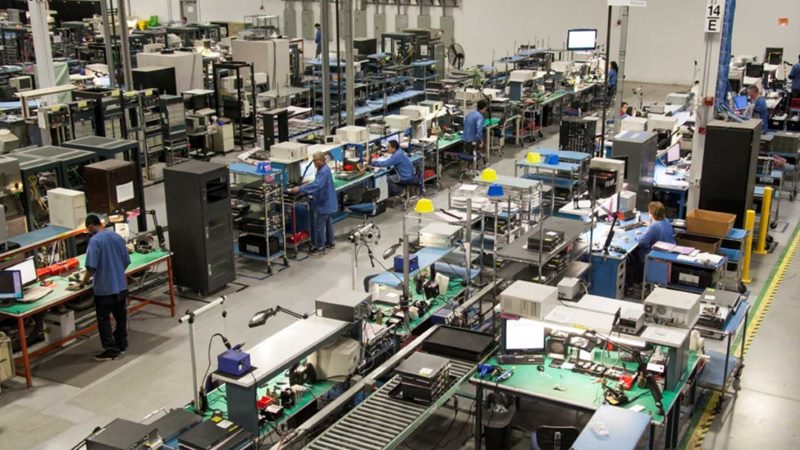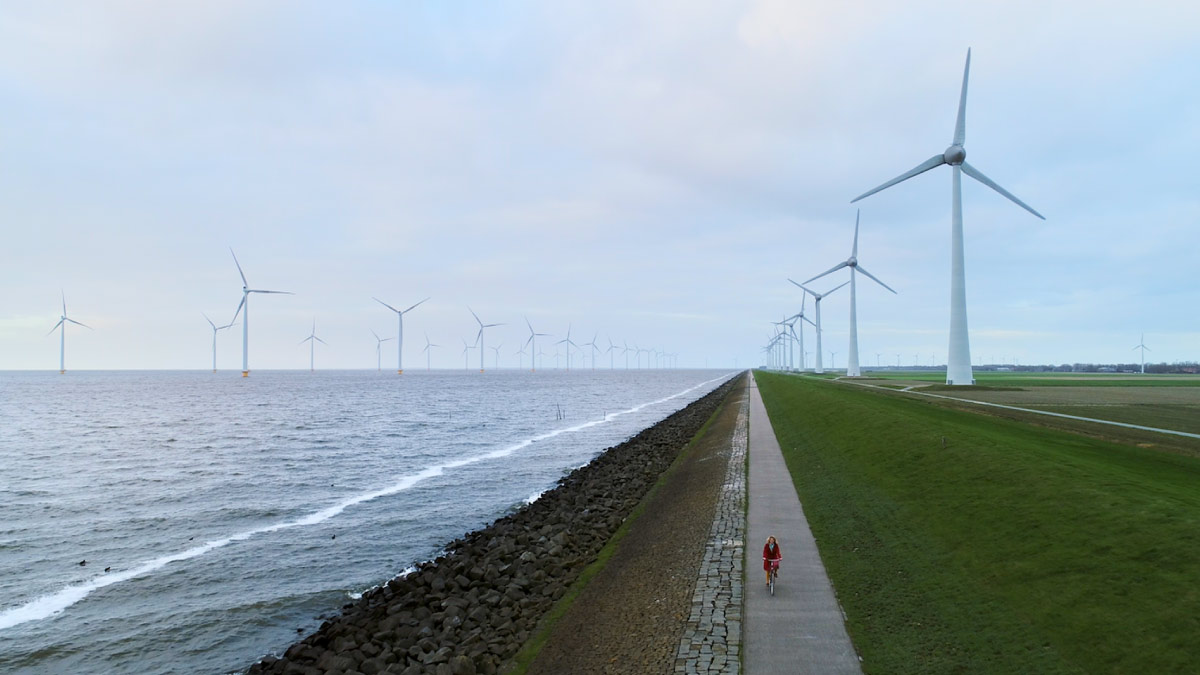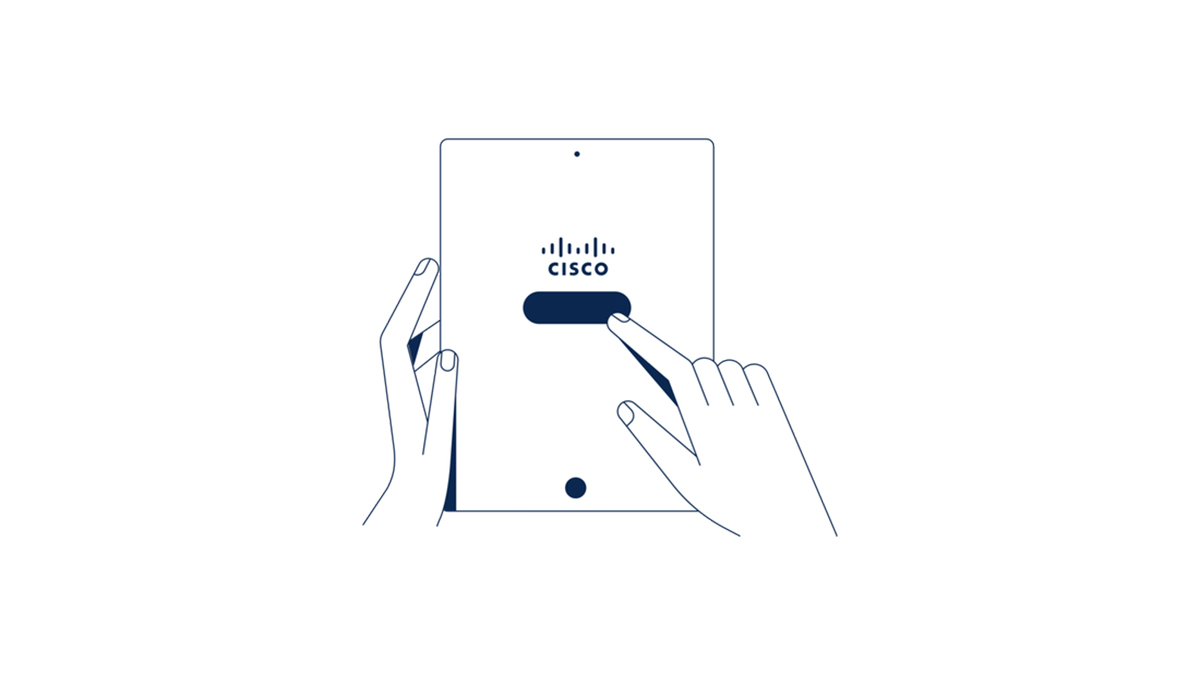Cisco Live Amsterdam kicks off this week, and a flurry of new products will be announced on the main stage. But before press and analysts hear a single word about Cisco’s shiny new offerings, they’ll get an up-close look at what becomes of Cisco devices long after their keynote debut is done.
One of the first stops for press and analysts attending the show will be a tour of Reconext, where all Cisco devices returned from customers across EMEA go to be wiped and then refurbished or recycled. Reconext is one of several partners Cisco’s supply chain has around the globe to manage product takeback, refurbishing, and reuse. The guests will also see and hear about Cisco's general environmental sustainability strategy, our Circular Design Principles and how technology can help save energy.
Why begin at the end of the product lifecycle? Just what happens in this facility located 25 miles south of Amsterdam? To find out more, the Cisco Newsroom sat down with two executives involved in this tour—Cisco SVP and Chief Sustainability Officer Mary de Wysocki and Reconext Global Account Director Hugo Wentzel.
Here is what they had to say.
Why begin a show all about new products at a refurbishing facility?
de Wysocki: I suppose you could say that Cisco has a long history of beginning with the end in mind. Our first Corporate Social Responsibility report was published in 2005. Even back then, we talked about what we did in terms of environmental sustainability. And last year we named sustainability as a customer priority. Meeting environmental sustainability goals is top of mind for our customers, and we are focused on helping them reduce energy consumption and invest in long-term strategies to manage their environmental impact.
One key aspect is a "Circular Economy"- approach. At Cisco we reuse or recycle nearly 100 percent of the material in the devices that customers and partners hand back in. But to make this possible, a complex process is needed. We want to share our learnings to foster the global Circular Economy trend. Besides that, at Cisco, innovation and circular design go hand in hand, so it’s natural to highlight both at this important annual customer event.
Can you tell us a bit about Cisco’s Circular Design Principles, and how partners support those principles?
de Wysocki: We introduced our Circular Design Principles in 2020 – they are intended to help us design out waste and pollution from the beginning and use the products and materials we already have longer. We are embedding these principles into our standard tools and processes, and our goal is that by 2025, 100 percent of new Cisco products and packaging incorporate these principles. Our Circular Design Principles lead us, for instance, to choose recycled and renewable materials sources where possible and eliminate unnecessary accessories.
We value the feedback partners like Reconext can give us as we strive to accelerate this journey.
Tell us about the facility—what happens at Reconext?
Wentzel: Reconext has 23 locations around the world that process 30 million items annually; 40 percent of the Fortune 500 tech and telecom companies rely on our services. The intent is to optimize the value of returned electronic devices, with the goal of 100% reuse of all materials. We can refurbish the item for redeployment or resale depending on the customer’s need. At our facility in the Netherlands, we conduct all the activities and processes that are needed to do this for Cisco Europe, Middle East, and Africa —visual inspection, triage, test, grade, wipe, repair, refurbish, and parts harvesting.
How important is this work?
Wentzel: It is obviously extremely important that we take good care of the Earth and use the planet’s materials wisely, and electronic devices are a big part of material use. So, it’s our mutual responsibility to take care of the materials in electronics.
de Wysocki: This work is critical. At Cisco, we are embedding sustainability into the way we operate, and we believe – through collaboration – we must prioritize a sustainable future. Our impact begins with the design choices we make.
Wentzel: At Reconext we are always asking ourselves “how can we do this better?” and that guides us to not only to pursue higher recovery yields and reclaim more existing reusable parts and components but it also leads us to provide feedback to our customers like Cisco. One example of feedback that is making its way into Cisco product is our observations on the opportunity to consolidate product packaging and kitting materials.
If people remember just one thing about this event, what do you hope it will be?
Wentzel: Sustainability and Circularity in practice is very “hands-on”, at Reconext we have a strong can-do mentality, which I hope we are able to show the editors and analysts onsite with us during Cisco Live Amsterdam.
de Wysocki: Moving from a linear consumption model, where products are manufactured, used and discarded, to a circular model is a major paradigm shift. It challenges long-held beliefs about the true value of natural resources and the lasting legacy of waste streams. And it accounts for the environment as a stakeholder.
For Cisco, this shift means leading an industry reliant on virgin and non-renewable materials and water to a less-extractive and more resilient future. It also means rethinking our approach to the design process, product lifecycle management, sourcing, and logistics, while extending our responsibility to reclaim, repair, disassemble and extend the useful life of hardware. We are excited to have this important discussion and give the opportunity to both see and take part in the refurbishing process.




